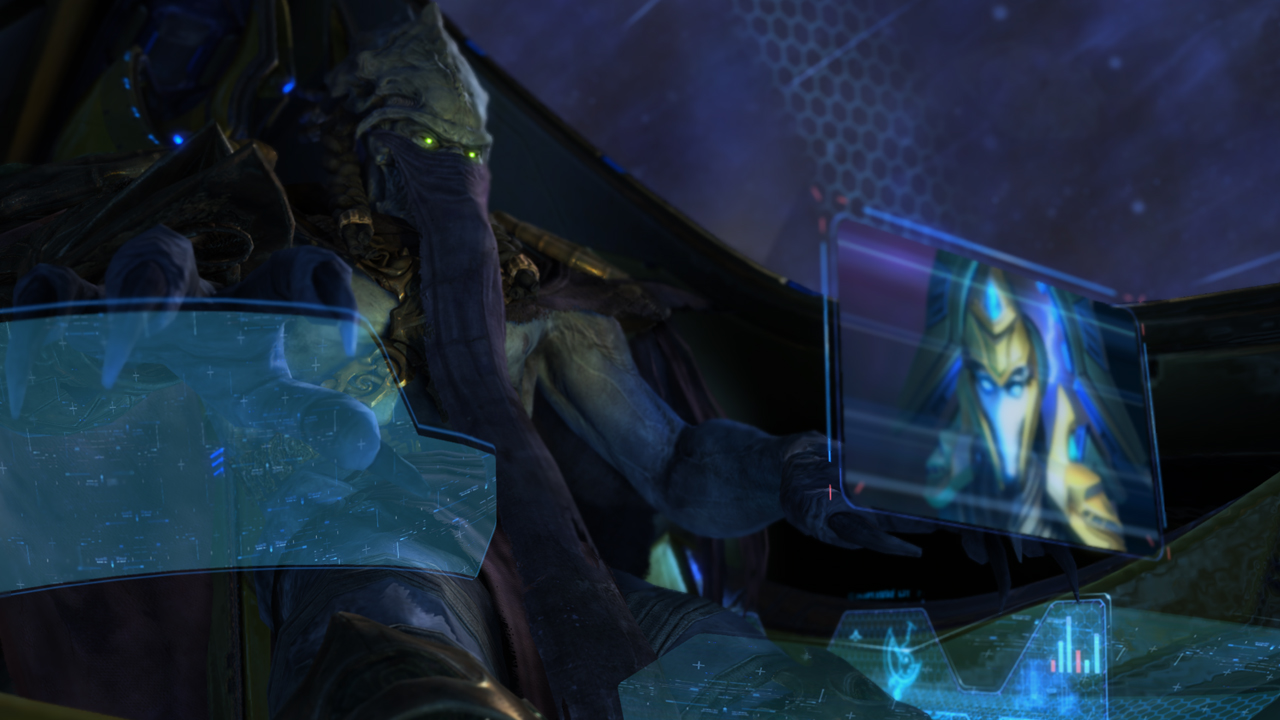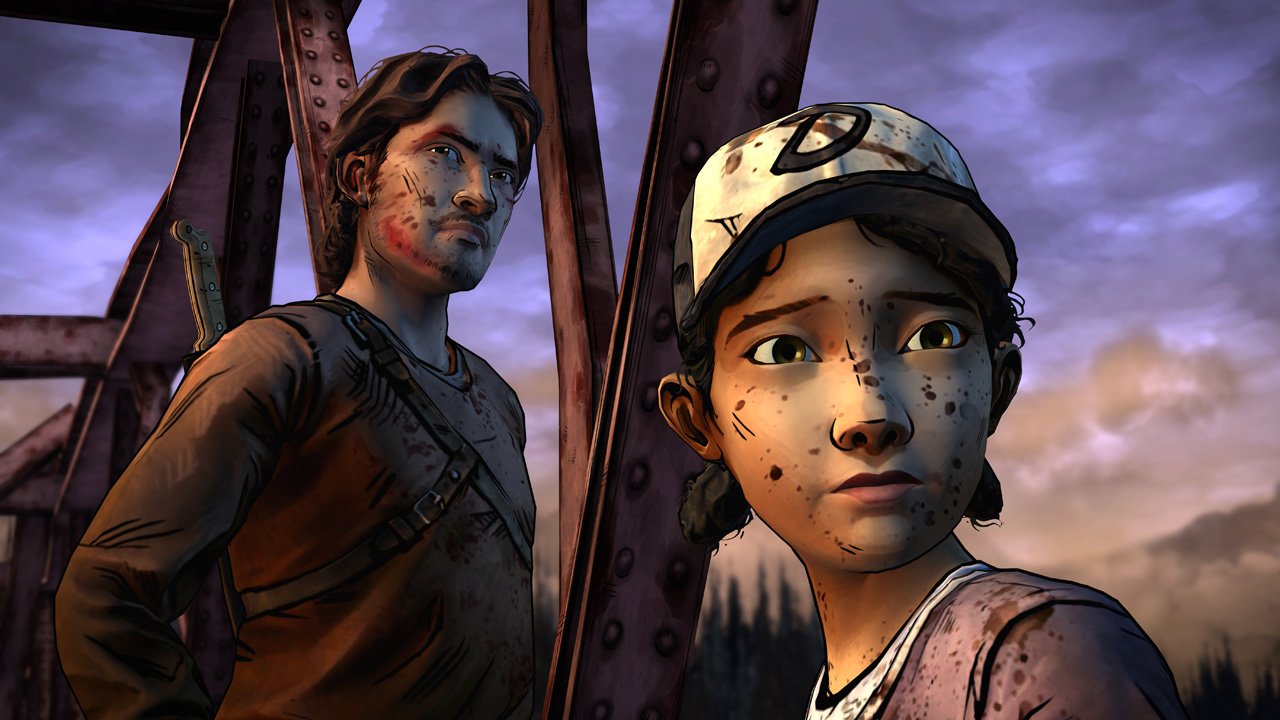StarCraft 2 just reminded me why I don't like the episodic format
I can't do Telltale games mid-season. That goes for any episodic game series, really; from the few times I've tried it, I just don't jive with experiencing narrative arcs broken up into scheduled chunks of content. Like a Netflix binge-watcher, I'd rather wait until the entire story is available to play at my own pace, then down it all in as few sittings as possible. Being forced to wait between bits of story advancement puts the burden of remaining invested on the player - and I'm about to experience the episodic structure taken to its extreme with StarCraft 2: Legacy of the Void. If all goes to plan and this third and final chapter launches later this year, it'll have taken over five real-world years for the complete saga of StarCraft 2 to play out.

It was a bold, controversial move to split SC2 into three parts, but to Blizzard's credit, the developers have made a clever attempt to get players reinvested in the central plot leading up to the finale. By pre-ordering Legacy of the Void, you're given instant access to Whispers of Oblivion, a set of three prologue missions meant to fill in the blanks between this expansion and its predecessor, Heart of the Swarm. And while these minisodes are enjoyable, they've only reminded me how detached I feel from the pacing of the StarCraft 2 story. Lead writer Chris Metzen has conjured up my favorite RTS stories of all time, including Warcraft 3: Reign of Chaos, The Frozen Throne expansion, and the original StarCraft, yet the trisected structure of SC2 undermines his talent to spin a gripping fable of fictional war.
I don't remember who or what I'm supposed to care about at this point, and it doesn't feel like my fault. Thanks to the Whispers of Oblivion missions, I recall the need to combat an ancient evil that seems to be a hybrid of Zerg and Protoss, but each race's central players - Jim Raynor, Kerrigan, and Zeratul - seem to be bogged down in a morass of minor plot threads and supporting cast members. Without consulting a wiki, I'd be at a complete loss to tell you the importance of side characters like Valerian Mengsk, Zagara, or Horace Warfield, as the last time I 'saw' them was March of 2013.

At this point, the only way to recapture my initial involvement in SC2's plot would be by replaying each campaign or, at the very least, re-watching all the cutscenes. But unlike rereading a book, which lets you appreciate underlying themes or the prose's flow in new ways, I just can't find the joy in going through the motions of each mission a second time, and cutscene supercuts are like skipping dinner and heading straight to dessert. Blizzard's cinematics are some of the most beautiful things ever made for a video game, but when I can't remember the specifics of the stakes in SC2, they can end up feeling like the Transformers films. Yes, they're incredible to behold, but without any emotional attachment as to why these heroes and villains are duking it out, it can feel like vapid eye candy.
I can understand the appeal of the episodic structure, even if I can't enjoy it. Forcing your audience to take a breather in between installments makes the tension of a cliffhanger possible, and encourages players to deconstruct or replay the content they just consumed to theorize about what might be coming next. In series like Telltale's The Walking Dead, the breaks can be a respite for your emotions while you try to process your response to everything that's happened so far. Taking a pause after the main story beats also creates more opportunities for little moments that enrich the world and its characters. But that can quickly slip into 'filler' territory - trivial plot threads that have zero bearing on the overarching narrative.

If you've watched Breaking Bad, you might remember some earlier episodes in which Walter White was hellbent on killing a fly, or when Marie got her kicks by shoplifting. But it's more likely that you don't remember these subplots, because they were completely pointless in the grand scheme of the show. Likewise, some StarCraft 2 missions - like recruiting the assistance of mercenary Mira Han, or mind-melding with some gargantuan Primal Zerg on the jungle planet of Zerus - can feel fun in the moment, but looking back on them now, I have no idea why they mattered. Throwaway side missions are commonplace in games, but episodic content gives you so much more time to ponder the insignificance of plot points that feel like they've been wedged in between the main action.
In my mind, putting the plot on pause creates the opportunity to forget key specifics or struggle to find the meaning in certain events, both of which undermine the impact of any story. An episodic structure can work fine in certain scenarios, and for certain audiences; fellow editor Ashley Reed has made a strong case for the structure's benefits, even if the end result is still a single, cohesive story. But it took the protracted, five-year runtime of StarCraft 2's saga to make me realize why I always wait until the end of an episodic game's season: experiencing a story piecemeal gives me the chance to question if I even want to bother with hearing the rest.
Weekly digests, tales from the communities you love, and more
Lucas Sullivan is the former US Managing Editor of GamesRadar+. Lucas spent seven years working for GR, starting as an Associate Editor in 2012 before climbing the ranks. He left us in 2019 to pursue a career path on the other side of the fence, joining 2K Games as a Global Content Manager. Lucas doesn't get to write about games like Borderlands and Mafia anymore, but he does get to help make and market them.



